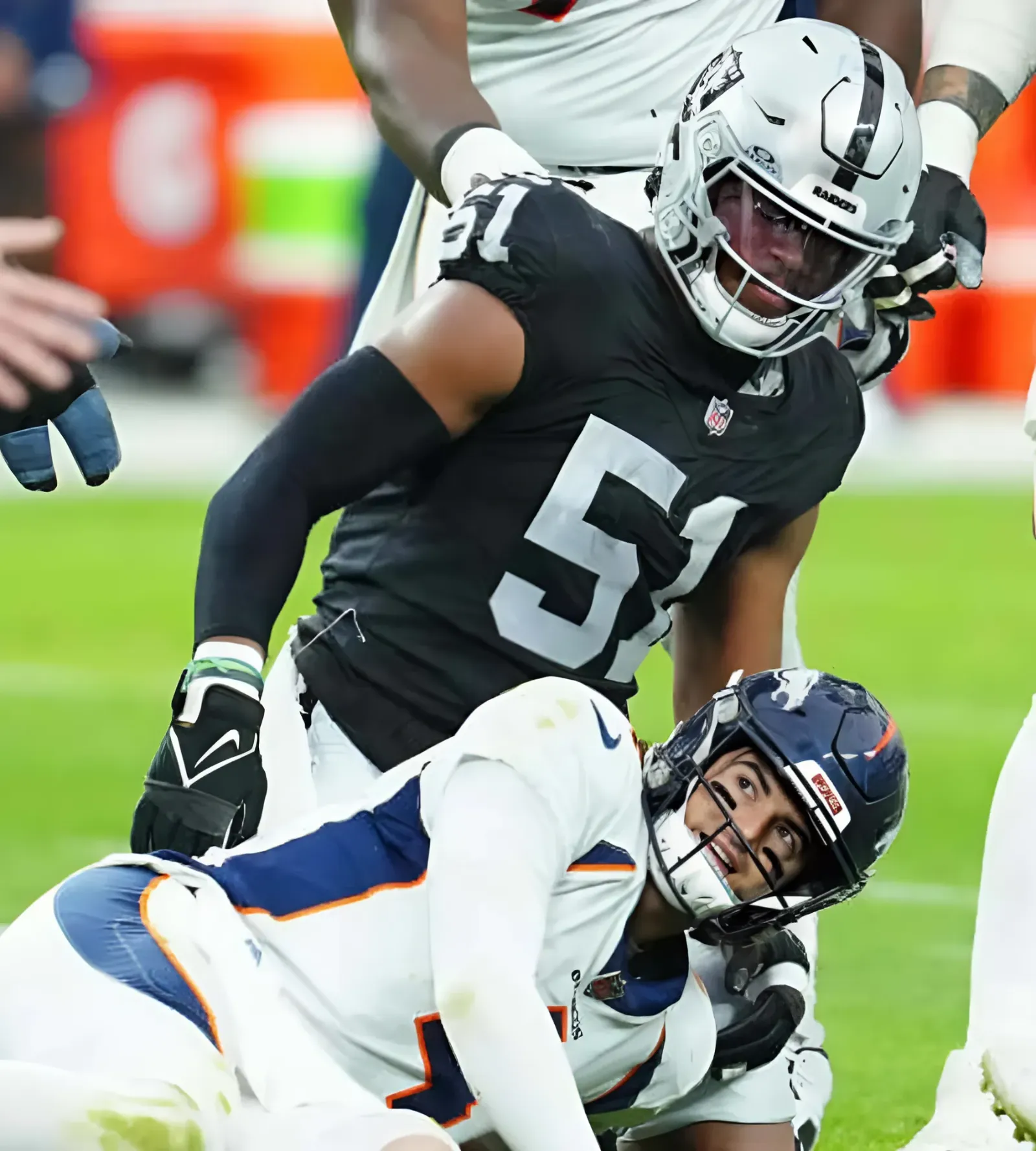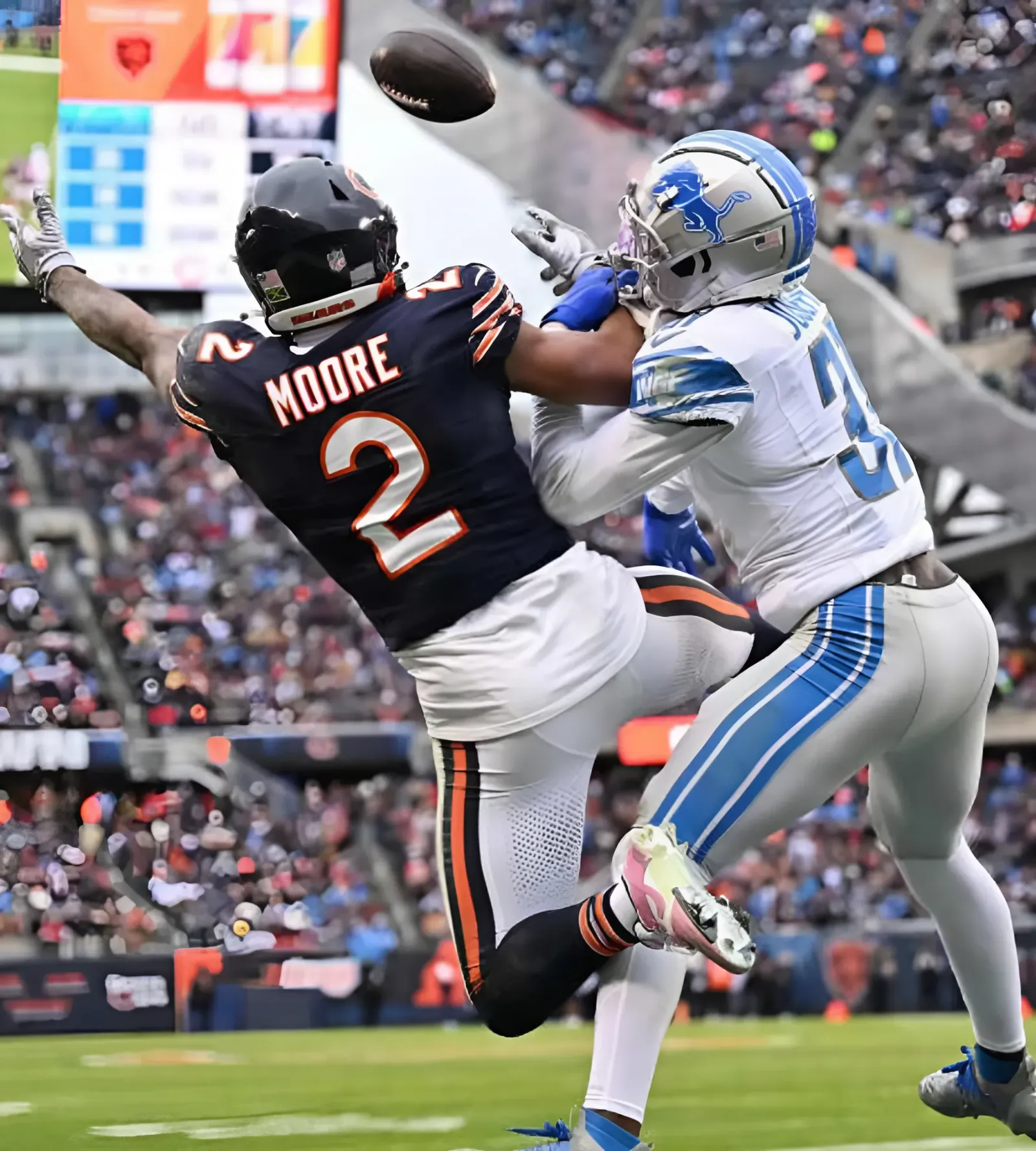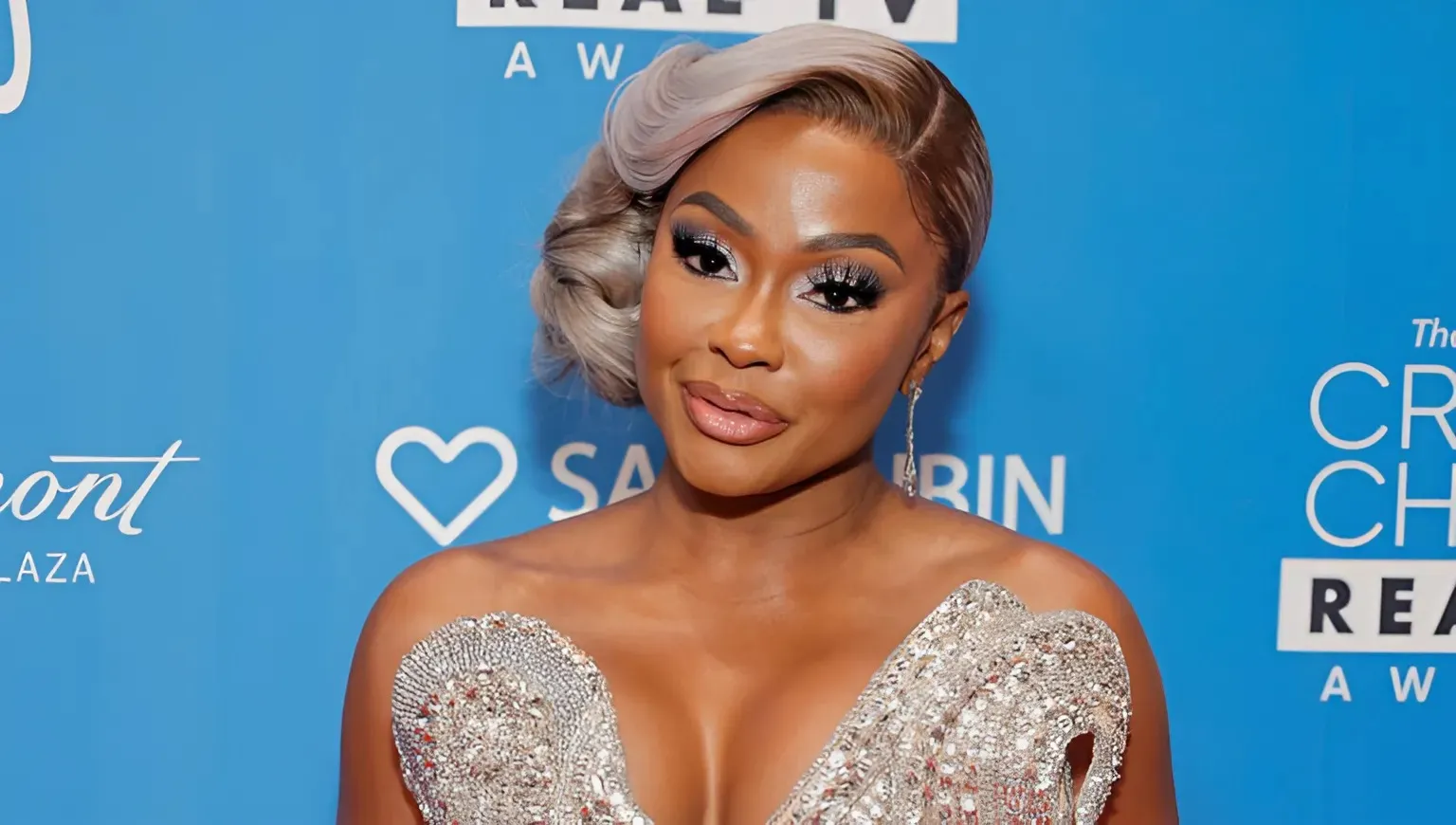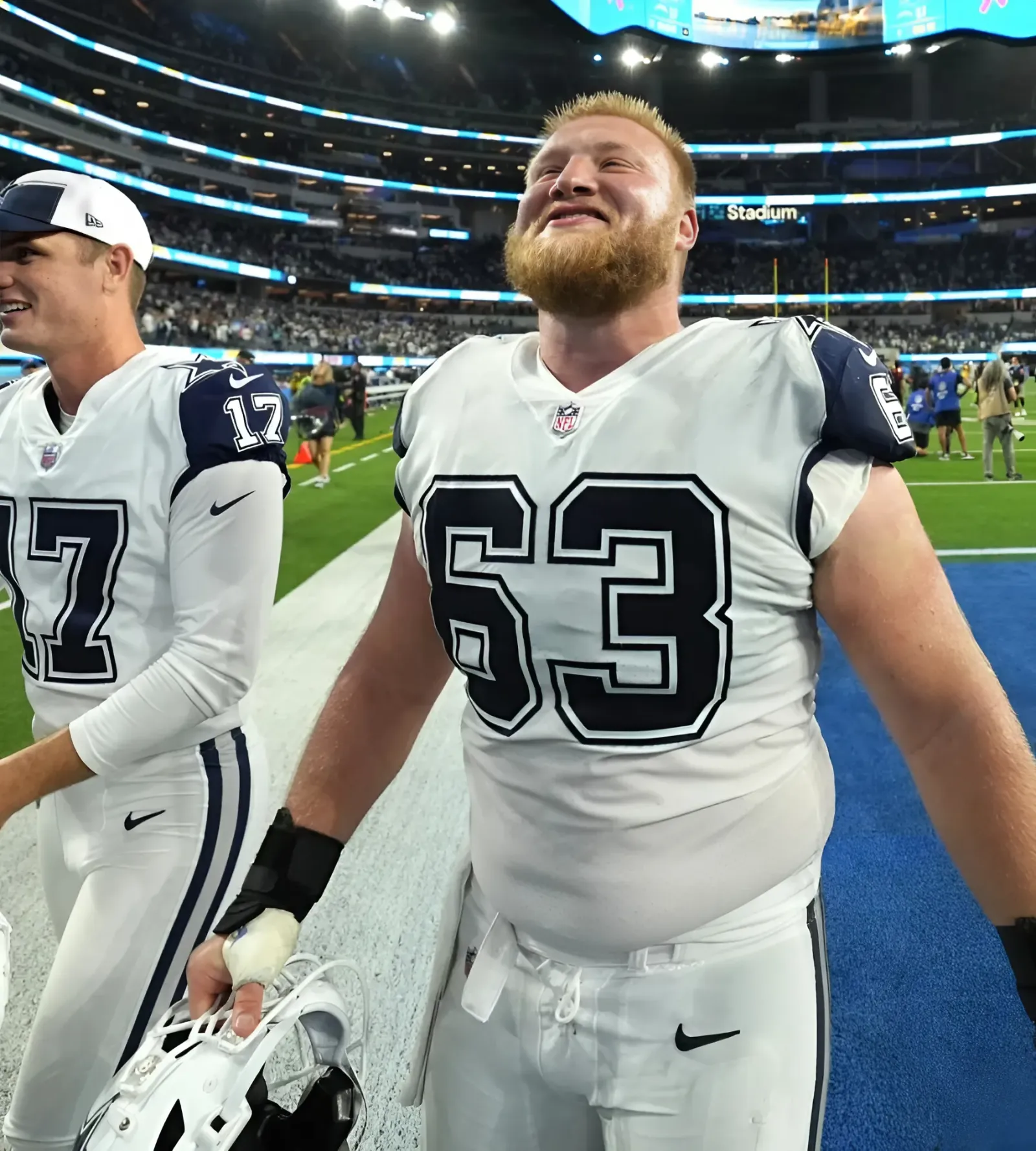This week’s reacquisition of Ryan McDonagh makes the Lightning a better defensive team, and it certainly addresses the organization’s offseason desire to allow fewer goals, particularly in 5-on-5 play.

McDonagh’s return gives the Lightning locker room another valuable veteran voice and a hard-nosed competitor who did whatever it took to help the Lightning win the Stanley Cup.
But the move was head-scratching in the fact that the Lightning took on a contract they couldn’t afford to keep two summers ago while also entering an offseason when they’d like to ensure that pending unrestricted free agent Steven Stamkos remains a Bolt for life.
Never doubt that Lightning general manager Julien BriseBois will try to find a way. His ability to number crunch to get under the cap has kept the team competitive. And he’s had the cooperation from the players, who have taken market-value deals to keep the core stars together.
What to expect for the rest of the offseason after this move? Let’s take a look.
A numbers game

McDonagh’s $6.75 million cap hit puts the Lightning just more than $5 million under next season’s $87.7 salary cap with just 18 players signed to NHL contracts. BriseBois said that even with the addition of McDonagh there is enough to get Stamkos re-signed. But can they re-sign him without shedding an existing contract?
Stamkos’ cap hit was $8.5 million; he’s taken a team discount before to remain in Tampa and indicated he will again in order to stay a Bolt. But when you think about what the Lightning still need even after signing Stamkos, a move seems likely.
The Lightning have just 10 forwards and six defensemen signed to NHL deals. Having cheap, entry-level contract players on two-way deals like Emil Lilleberg ($870K ) and Max Crozier ($867.5K) to shore up the defenseman corps help, but the Lightning need some middle-six forward reinforcement in free agency.
Forwards like Tanner Jeannot (one year, $2.665 million hit) and Conor Sheary (two years, $2 million hit) have modified no-trade clauses, but would be difficult to unload coming off injury-plagued, underperforming seasons.
The Lightning likely will have to move a larger contract. Second-line forward Anthony Cirelli carries a $6.25 million cap hit over the next seven years and doesn’t have no-trade protection this summer. Top right-shot defenseman Erik Cernak has a $5.2 million cap hit for seven years.
But losing either of those players would make a major dent in BriseBois’ investment in the team’s young core, and in Cernak’s case, deplete the top-four defenseman group he just strengthened by acquiring McDonagh.
Evaluating the market

Part of BriseBois’ calculation was that pursuing a top-four defenseman of McDonagh’s caliber would cost more through free agency in terms of money and contract length. Keep in mind that Tampa Bay reportedly was defenseman Noah Hanifin’s preferred destination near the trade deadline. The Lightning couldn’t work out a deal for Hanifin, instead going for cheaper rental options like Anthony Duclair and Matt Dumba. That didn’t help them stay in the playoffs past the first round.
But after Hanifin, 27, was acquired by Vegas, he ended up signing an eight-year extension worth an average annual value of $7.35 million, which began to set the market for defensemen as free agency approaches July 1. This summer’s crop of defensemen is older, most of them around 30, and BriseBois expects many to command longer-term deals.
So even though McDonagh’s cap hit is hefty, and they are certainly paying a premium for familiarity with the soon-to-be 35-year-old, it’s only for the next two seasons. BriseBois said he hopes to keep McDonagh beyond that, but only at a much more team-friendly price. By addressing the team’s defensemen needs now, it better allows BriseBois to concentrate on locking up Stamkos without worrying about having to commit to a long-term deal for a free-agent defenseman.
Outside of Stamkos, the Lightning will be bargain-bin shopping on the unrestricted free agent market.
The sentiment factor
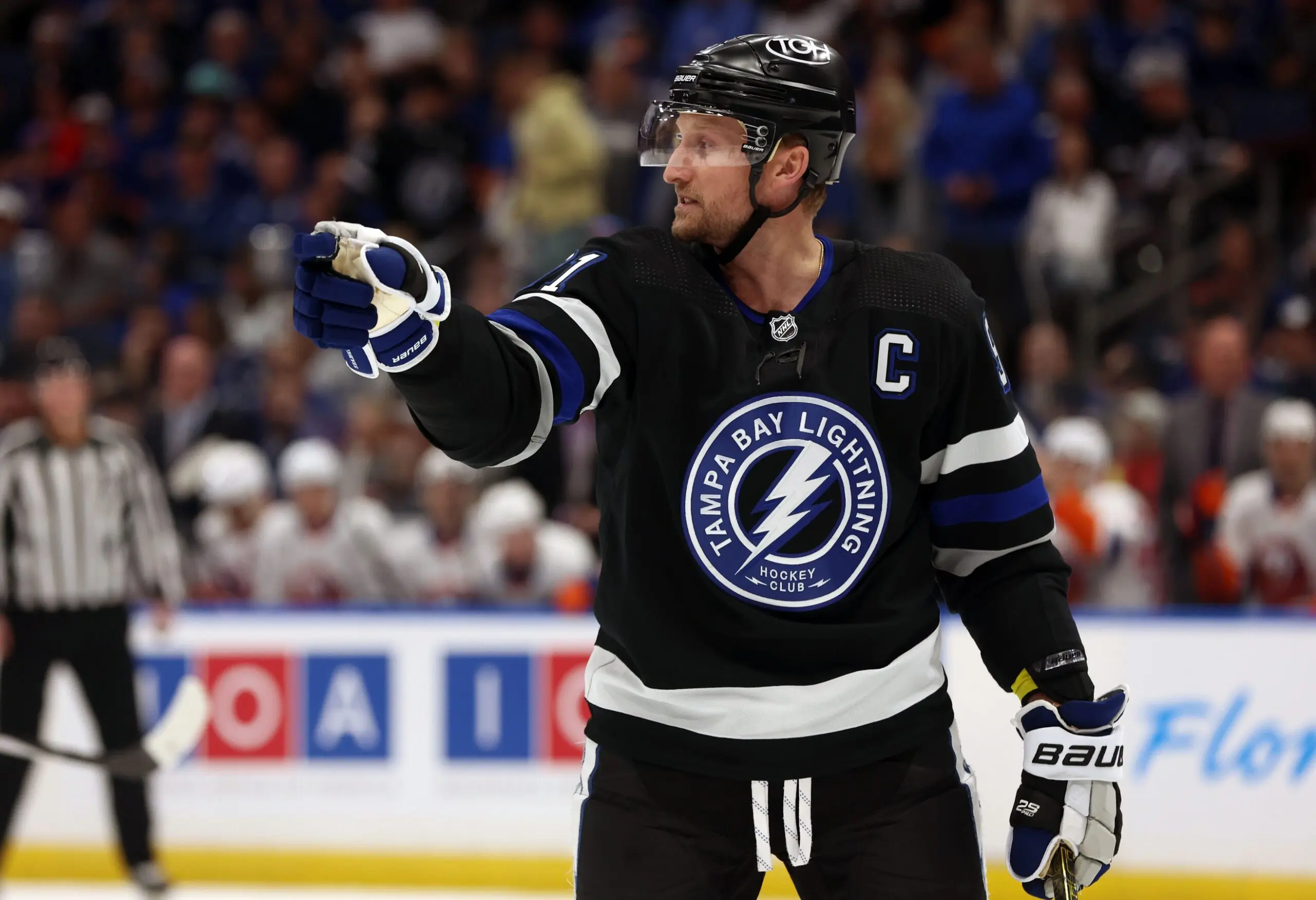
Sentiment surely plays a factor in wanting to keep Stamkos. He wants to remain in Tampa, where he’s established his legacy and is raising a family. And the Lightning front office and dressing room have made Tampa a destination spot where players can compete for a Stanley Cup, have organizational stability, benefit from no state income tax and be among the palm trees in the winter.
McDonagh’s return gives a “getting the band back together” message. The Lightning went to three straight finals with McDonagh — and won back-to-back Cups — as an anchor of the leadership group. They haven’t really been the same since, especially defensively, and the initial trade that moved McDonagh’s contract to Nashville two summers ago stung everyone, including Stamkos.
It’s interesting that one of McDonagh’s first calls after being told he was coming back was to Stamkos. The two are close friends, along with Victor Hedman.
McDonagh is coming off a strong season in which he posted a plus-19 plus/minus and expanded his offensive game while remaining stout defensively. He’ll bring the same things — blocking shots, physical play and a warrior-like mentality — that made him a big piece of winning Lightning teams. And there’s a irreplaceable bond with the players you win championships with, so the opportunity for Stamkos to play with McDonagh again shouldn’t go undervalued.
But the money still has to be there.
